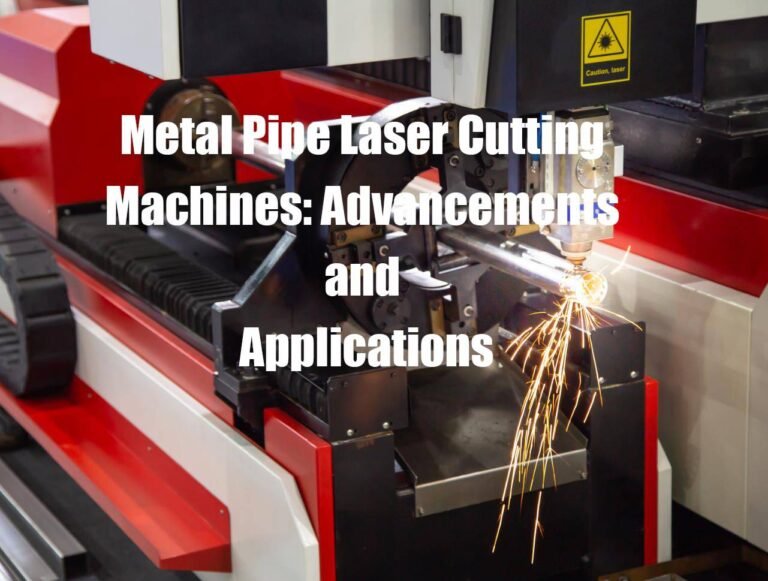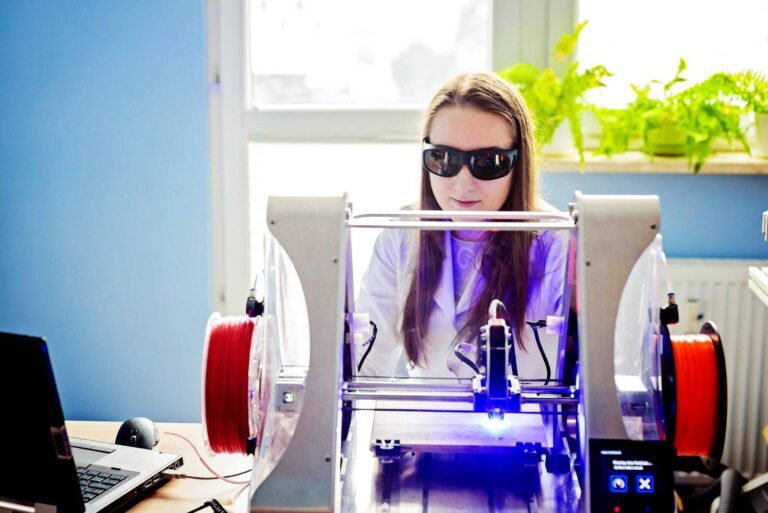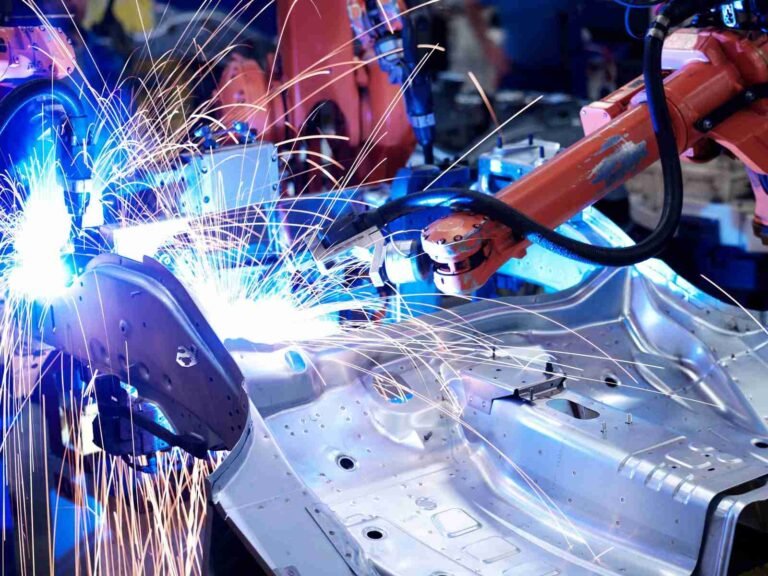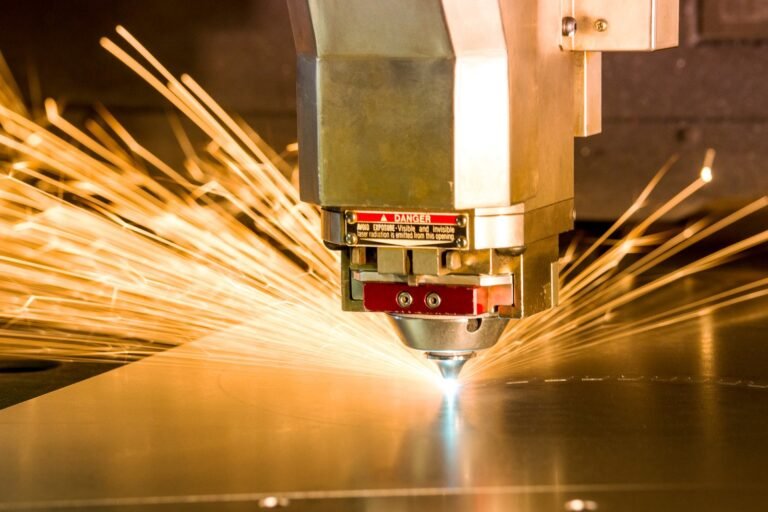Exploring Laser Types Used for Laser Cleaning: Characteristics, Applications, and Advantages
I. Introduction
Laser cleaning technology has transformed the way industries approach cleaning tasks by offering precise, efficient, and environmentally friendly solutions. To make the most of this technology, it’s crucial to understand the different types of lasers used for cleaning and the factors influencing their suitability for specific applications. This article will delve into the characteristics, applications, and advantages of various laser types used in cleaning, helping you make informed decisions when selecting the right laser for your needs.
II. Fundamentals of Lasers
A. Definition and basic principles of laser operation
Lasers, or Light Amplification by Stimulated Emission of Radiation, are devices that produce highly focused and intense beams of light. Lasers operate by exciting atoms within a gain medium, causing them to emit photons that are amplified through a process called stimulated emission. This amplified light is then directed and focused into a coherent beam.
B. Key characteristics of lasers: wavelength, power, and pulse duration
Lasers have three primary characteristics that determine their suitability for specific applications: wavelength, power, and pulse duration. The wavelength determines the laser’s color and its interaction with various materials, while the power refers to the energy output per unit of time. Pulse duration, on the other hand, indicates the length of time a laser pulse lasts.
C. General classification of lasers: continuous wave and pulsed lasers
Lasers can be broadly classified into continuous wave (CW) and pulsed lasers. CW lasers emit a constant beam of light, while pulsed lasers emit short bursts of light, allowing for high peak power over a brief duration.
III. Types of Lasers Used for Laser Cleaning
A. Fiber lasers
- Characteristics and operating principles
Fiber lasers are a type of solid-state laser that utilizes an optical fiber as the gain medium. They typically operate at infrared wavelengths, with the most common being 1064 nm. Fiber lasers offer high power output, excellent beam quality, and a compact design, making them ideal for various laser cleaning applications.
- Applications and advantages in laser cleaning
Fiber lasers are widely used for laser cleaning tasks, including rust and paint removal, surface preparation for welding or bonding, and mold cleaning. The advantages of using fiber lasers for cleaning include their high efficiency, precision, and minimal maintenance requirements.
B. Solid-state lasers
- Characteristics and operating principles
Solid-state lasers use a solid gain medium, such as a crystal or glass, doped with ions that provide the necessary energy levels for lasing. These lasers can operate at various wavelengths, with neodymium-doped yttrium aluminum garnet (Nd:YAG) lasers being among the most common. Solid-state lasers often require external cooling systems due to their high heat generation.
- Applications and advantages in laser cleaning
Solid-state lasers, particularly Nd:YAG lasers, are used in laser cleaning for tasks like coating removal, surface texturing, and selective cleaning of delicate materials. They offer high peak power, allowing for efficient removal of thicker or more stubborn materials.
C. Gas lasers
- Characteristics and operating principles
Gas lasers utilize a gaseous gain medium, such as carbon dioxide (CO2) or argon, to produce laser light. CO2 lasers, for instance, operate at a wavelength of 10.6 micrometers in the infrared spectrum. Gas lasers can produce high-power beams and are generally more affordable than solid-state lasers.
- Applications and advantages in laser cleaning
Gas lasers, particularly CO2 lasers, can be used for various laser cleaning applications, including paint removal, surface ablation, and even graffiti removal. The primary advantages of gas lasers for cleaning include their lower cost and wide range of compatible materials.
IV. Factors to Consider When Choosing a Laser for Cleaning
When selecting the right laser for your cleaning needs, consider the following factors:
A. Material type and properties
The type and properties of the material you need to clean will significantly impact your choice of laser. Different materials interact with different wavelengths, so ensure the laser you select is compatible with the material to be cleaned.
B. Contaminant or coating thickness
The thickness of the contaminant or coating to be removed will influence your choice of laser. Pulsed lasers are more suitable for removing thicker or more stubborn materials, while continuous wave lasers are better for thinner coatings.
C. Required precision and selectivity
The level of precision and selectivity required for your cleaning task will affect the choice of laser. For delicate or intricate cleaning tasks, a laser with a shorter pulse duration and lower power may be more suitable to avoid damaging the base material.
D. Desired cleaning speed and efficiency
The speed and efficiency of your cleaning process will also influence your choice of laser. Higher power lasers can clean surfaces more quickly, but may not be suitable for all materials or applications.
E. Safety and environmental considerations
Consider the safety and environmental impact of the laser you choose. Lasers with shorter wavelengths may require additional safety measures to protect operators, while some lasers may generate hazardous waste that must be properly disposed of.
V. Comparing Laser Types for Cleaning Applications
A. Fiber lasers versus solid-state lasers
Fiber lasers offer higher efficiency, better beam quality, and lower maintenance requirements compared to solid-state lasers. However, solid-state lasers can provide higher peak power, making them more suitable for removing thicker materials.
B. Fiber lasers versus gas lasers
Fiber lasers are more compact and energy-efficient compared to gas lasers. However, gas lasers are generally more affordable and can be used with a wider range of materials.
C. Solid-state lasers versus gas lasers
Solid-state lasers generally offer higher peak power and a more focused beam compared to gas lasers, making them more effective at removing thick or stubborn materials. Gas lasers, on the other hand, are more affordable and versatile in terms of compatible materials.
VI. Emerging Trends and Technologies in Laser Cleaning
A. Ultrafast lasers and their potential applications
Ultrafast lasers, such as femtosecond and picosecond lasers, offer incredibly short pulse durations and high peak power. These lasers have the potential to revolutionize laser cleaning by enabling more precise and selective cleaning processes.
B. Innovations in laser beam delivery and manipulation
Advancements in beam delivery systems and beam shaping techniques are allowing for more efficient and precise laser cleaning processes. These innovations enable better control over the laser beam, enhancing cleaning performance.
C. Developments in laser cleaning automation and integration
As laser cleaning technology becomes more advanced, there is increasing potential for automation and integration with other manufacturing processes. This will further enhance productivity and efficiency in various industries.
VII. Conclusion
Understanding the different types of lasers used for laser cleaning is essential for selecting the right laser for your specific application. By considering factors such as material type, contaminant thickness, required precision, cleaning speed, and safety, you can make an informed decision about which laser type is best suited for your needs. As emerging trends and technologies continue to shape the future of laser cleaning, staying informed and adapting to these advancements will help you stay ahead in this ever-evolving field.
